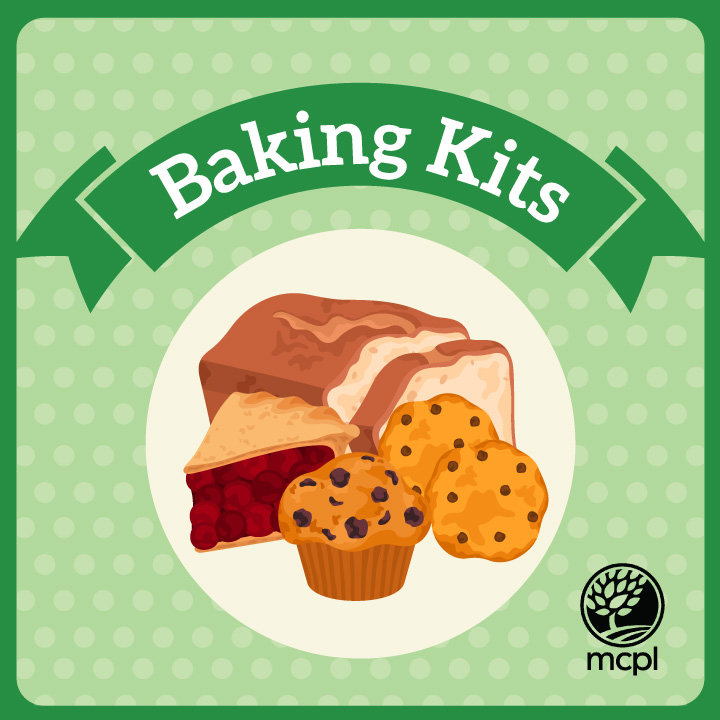▶︎ Summary
Summary
| Yield | |
|---|---|
| Source | Adapted from Bernard Clayton's New Complete Book of Breads by Bernard Clayton, Jr. |
| Prep time | 20 minutes |
| Cooking time | 2 hours, 40 minutes |
| Total time | 3 hours |
▶︎ Description
▶︎ Ingredients
Ingredients
2 1⁄2 cups
bread or all-purpose flour (2 1/2 to 3 cups, approximately) 1 1⁄2 tablespoon
sugar 1 teaspoon
salt 1 1⁄8 teaspoon
dry yeast 1⁄8 cup
nonfat dry milk 1 cup
hot water (120-130 degrees F) 1 1⁄2 tablespoon
shortening (room temperature)▶︎ Instructions
Instructions
-
In a large mixing bowl measure 1 cup flour, sugar, salt, yeast, and dry milk. Pour the hot water into the dry ingredients and beat by hand. Add the shortening; continue beating. Add 1 cup flour and beat 100 vigorous strokes.
-
Continue adding flour, ¼ cup at a time, and stirring until it becomes a shaggy mass. Work more flour into the dough with your hands if it is sticky.
-
Turn the dough out onto a floured work surface and begin to knead with a strong push-turn-fold motion. Occasionally bring the dough down hard against the work surface with a sharp whack! Do this several times during the process. If the dough continues to be sticky, add light sprinkles of flour.
-
When properly kneaded the dough will be soft and elastic. It can be pulled into a thin sheet when stretched between the hands.
-
A caution: too much flour will make a hard ball that will behave poorly. Work 1 to 2 teaspoons water into the dough. By the same token, if the dough is wet and slack and difficult to handle, add 1 or 2 tablespoons flour.
-
First rising: 1 hour
Place the dough in a lightly greased bowl, cover tightly with plastic wrap to retain the moisture, and leave at room temperature until the dough has doubled in bulk, about 1 hour. (If prepared with a fast-rising yeast and at the recommended higher temperatures, reduce the rising times by about half.)
-
Shaping: 10 minutes
Turn back the plastic wrap and punch down the dough. Turn it onto the floured work surface and knead for a moment or so to force out any bubbles.
-
Shape into a ball and let it rest on the work surface for 2 or 3 minutes. Form a loaf by pressing the ball of dough into a flat oval or round that will fit on the baking sheet. Fold the oval in half, pinch the seam tightly to seal, tuck under the ends, and place seam down on the sheet.
-
Second rising: 45 minutes
Cover the pans with wax or parchment paper and leave until the dough has doubled in volume, about 45 minutes at room temperature.
-
Preheat
Preheat the oven to 400 degrees about 20 minutes before baking.
-
Baking: 400° for 10 minutes; 350° for 25-30 minutes
-
Place the loaf in the hot oven for 10 minutes, then lower the heat to 350° for an additional 25 to 30 minutes. Midway through baking and again at the end turn the baking sheet end for end so the loaf is uniformly exposed to the heat. (if using a convection oven, reduce heat 50°.)
-
When the loaf is golden brown and sounds hollow when thumped on the bottom crust, it is done.
-
Final step
Turn out onto a wire rack to cool. If you want a soft, tender crust, brush the hot loaf with melted butter or margarine.
-
This bread may be frozen for a later presentation–up to 6 months at 0°. Toasts beautifully.
- Finally, if this is your first loaf, stand back and admire your creation.
▶︎ Notes
Notes
Cooking time includes rising and baking times.
Changing the recipe size does not change the instructions. Specific ingredient amounts in the instructions will need to be adjusted accordingly.
Export to:- Print View
- print this page


